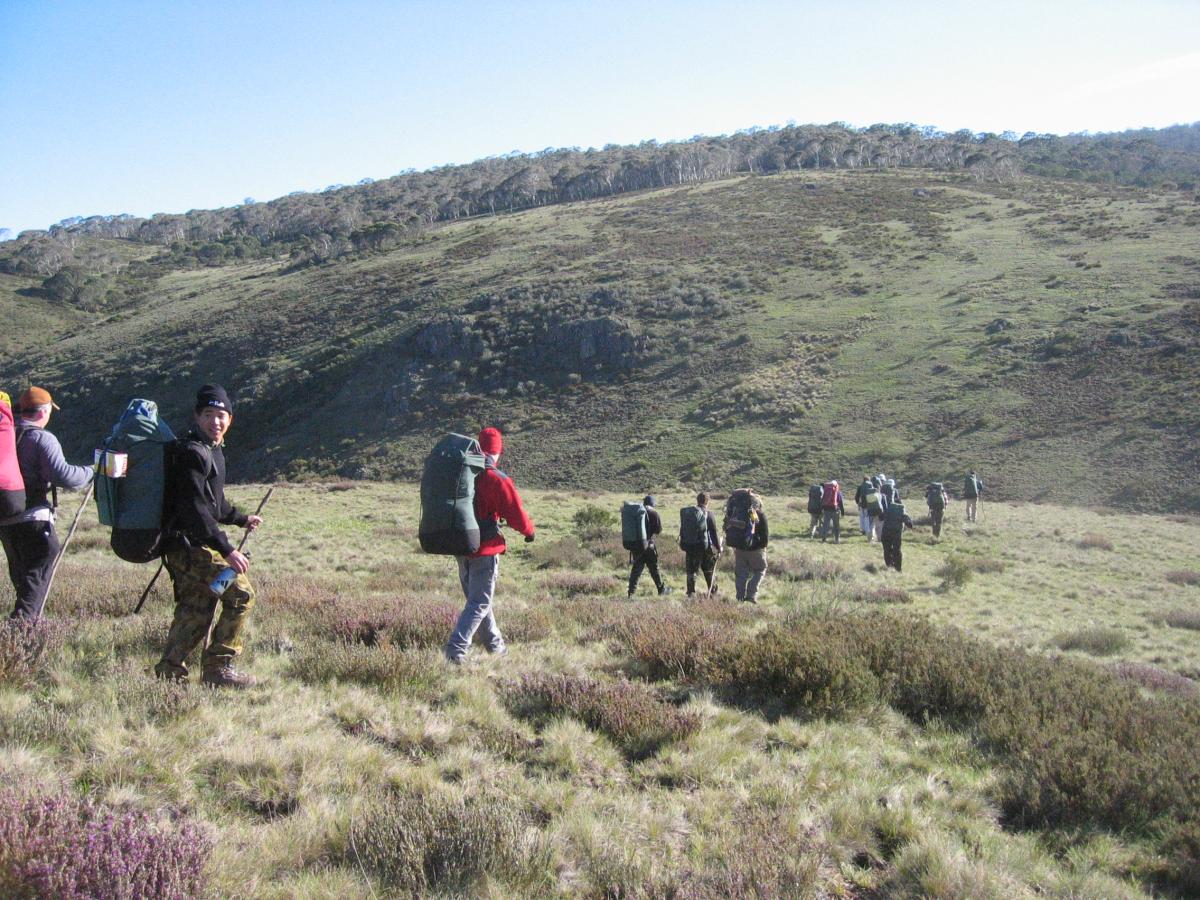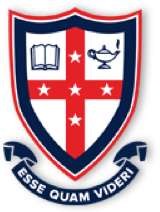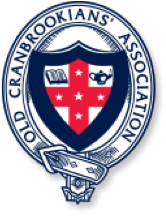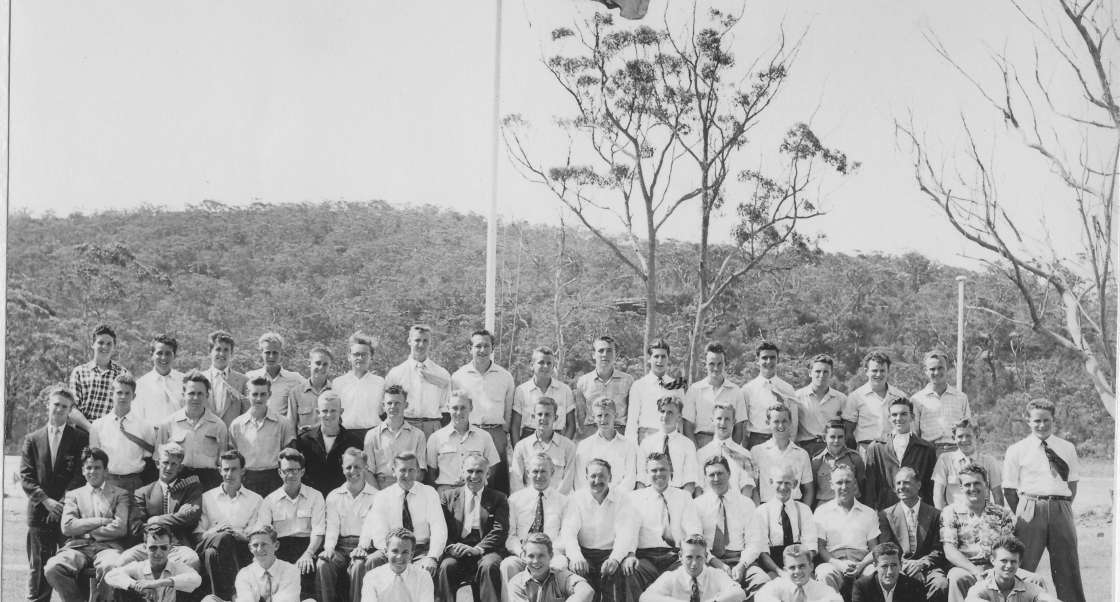Cranbrook in the Field
Boys must take risks and learn in the school of experience. The price may be high, but her tuition is worth the price. Before he leaves the school a boy should have found his own patterns of behaviour; he should be able to stand alone, without the scaffolding of strict convention … What we need is strong men, balanced and independent in their judgement.1
On Cranbrook's Speech Day in 1954 the then Headmaster, Gethyn Hewan, spoke of building character and self-knowledge, values that remain important in our increasingly technologically reliant society. A founding member of the council of Outward Bound Australia, together with teacher Frank Tebutt, he challenged Cranbrook's boys to develop these qualities by establishing the Bushwalking Club and the Adventure Group in the 1960s.2
Under these initiatives, students enjoyed activities like “sailing a boat out of sight of land; walking alone in the bush; climbing a rock face; [and] skiing at high speed”.3 Cranbrook continues to believe that its boys’ academic experiences should not stop at the classroom door and have since developed Cranbrook in the Field (CITF), an Outward Bound program for students from Years 7–10, in which they “rough it” in some of our country’s most beautiful and remote locations, including the the Snowy River National Park in Victoria and the Orroral Valley and Namadgi and Kosciuszko National Parks in the ACT.4
First established in 1941, the Outward Bound program was created to train British seamen to survive in the North Atlantic Ocean during WWII, but it was not until 1961 that it was introduced at Cranbrook.5 Teacher and former student Frank Tebbutt had noticed that the traditional school sporting activities of cricket in the summer and rugby in the winter left some boys with low self-esteem and a dislike of sport.6
As a solution, he worked with Hewan to introduce the Adventure Group, a kayak team that took trips down the Hawkesbury River.7 This initiative gradually expanded as Frank and other teachers started to take students on two-week bushwalking and kayaking trips to Berowra National Park and to the Colo River region, culminating in the introduction of Cranbrook in the Field (CITF) in 1975.8
Now CITF includes all students from Years 7 to 10 in courses of increasing difficulty. In Year 7 the boys learn to look after themselves through hiking, ropes and commando courses. In Year 8 they undertake a program of expeditions, abseiling and bush cooking to build teamwork and develop maturity. Year 9 introduces the boys to longer expeditions, rock climbing, and solo time to build leadership. Finally, in Year 10 they learn to strive for excellence and take responsibility by navigating their way through a remote area in weather extremes.9
Reflecting on CITF in 2011, former student Leo Martin recalled the mental challenge of “getting a billy across a stream using a pulley system or building a raft out of planks of wood, rope and empty barrels”, but also the physical challenge of “crawling through caves on our hands and knees” and the emotional challenge of abseiling despite his fear of heights.10
More recently, some students have supported the Kosciuszko Homestead Association (KHA) to reconstruct bush huts after finding themselves sleeping in the rain one night “drenched and miserable” because a hut was in ashes.11 The rough night these students bravely faced and their decision to help rebuild the hut and others shows that the CITF program teaches our boys to be resilient and courageous, to take their own paths and navigate by the stars.

To read an interview with three participants of Outward Bound's first course for school students in 1956, including Old Boy Doug Arnott (OC 1956), click here.
- 1. Quoted in David Thomas and Mark McAndrew, Born in the Hour of Victory: Cranbrook School, 1918-1993 (Caringbah, NSW: Playright Publishing, 1998), 109.
- 2. G. Hewan, "Speech Day, 1958", The Cranbrookian T1 (1959); "The Adventure Group", ibid. (1967); "The Adventure Group", The Cranbrookian (1971): 42-43.
- 3. Thomas and McAndrew, 109.
- 4. Amy Corcoran, "Comparative Report: Cranbrook in the Field 2006-2009", in Outward Bound, Inspiring Australians (Cranbrook School, 2010); "Cranbrook in the Field", Cranbrook School, http://www.cranbrook.nsw.edu.au/school-life/experiential-learning.aspx.
- 5. "History", Outward Bound Australia, http://www.outwardbound.org.au/about-outdoor-education/history/.
- 6. Frank Tebbutt, "Memoir" (Cranbrook Archive, 2016).
- 7. Ibid.
- 8. "Memoir" (2016); Thomas and McAndrew, 172-73.
- 9. For a breakdown of the CITF courses, see Corcoran, op. cit.
- 10. "Cranbrook in the Field", The Cranbrookian (2011): 77. For other student accounts of CITF see "Cranbrook in the Field", The Cranbrookian (2012): 68-69; "Cranbrook in the Field", The Cranbrookian (2013): 55; "Cranbrook in the Field", The Cranbrookian (2014): 55; "Cranbrook in the Field", The Cranbrookian (2015): 55; Jessica Clement, "Cranbrook Schoolboy Trio Make Assemblies a Must-See Event with Video Satire of School Life", Wentworth Courier, 4 May 2015.
- 11. "CITF - Huts of the High Country", http://www.gofundraise.com.au/beneficiary/kosciuszkohuts.


